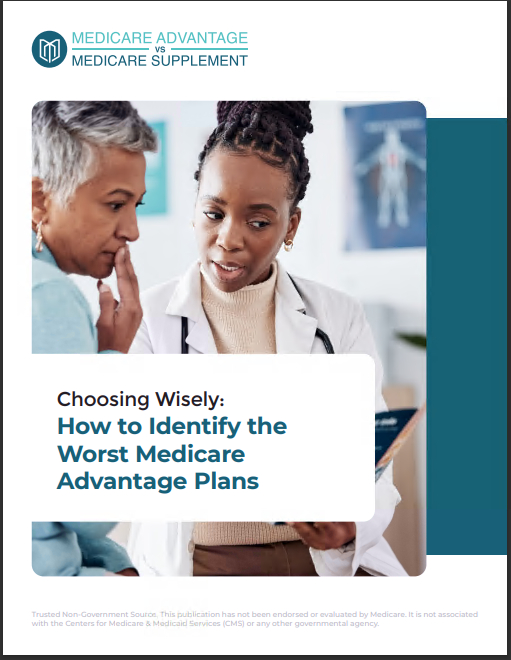Key Takeaways
-
Choosing the right Medicare Part D plan is essential to keeping your prescription drug costs manageable and avoiding unexpected expenses.
-
Understanding formularies, coverage phases, and enrollment periods will help you make an informed decision that fits your healthcare needs.
Why Medicare Part D Matters More Than You Think
Medicare Part D is your key to affordable prescription medications, but picking the wrong plan could leave you with high costs or limited access to the drugs you need. With multiple plans available, each with different coverage options, it’s crucial to know what to look for before you enroll.
1. Understanding Formularies: The Key to Covered Medications
Not every Medicare Part D plan covers the same prescription drugs. Each plan has a formulary, which is a list of covered medications categorized into different tiers. Typically, lower-tier drugs have lower costs, while higher-tier drugs require higher copays or coinsurance.
How to Check Your Medications
-
Review the plan’s formulary to ensure your prescriptions are covered.
-
Look for restrictions like prior authorization or quantity limits.
-
Consider alternatives if your medication is in a high-cost tier.
2. Costs Beyond the Premium: What You’ll Actually Pay
Many people focus only on the monthly premium, but that’s just one part of the equation. You also need to consider:
-
Deductibles – The maximum deductible in 2025 is $590 before your plan starts paying.
-
Copayments and Coinsurance – Costs for each prescription vary by tier and plan.
-
Out-of-Pocket Costs – The new $2,000 out-of-pocket cap in 2025 significantly reduces expenses for those with high medication costs.
3. Coverage Phases: Know Where You Stand
Medicare Part D has several phases that impact how much you pay throughout the year.
2025 Coverage Phases
-
Deductible Phase – You pay out of pocket until reaching the $590 deductible.
-
Initial Coverage Phase – Your plan shares costs for covered drugs.
-
Catastrophic Coverage Phase – After spending $2,000 out of pocket, your plan covers 100% of drug costs for the rest of the year.
4. The Importance of the Medicare Enrollment Periods
If you don’t enroll on time, you may face late penalties that increase your costs permanently. Here’s when you can sign up or switch plans:
-
Initial Enrollment Period (IEP): When you first become eligible for Medicare.
-
Annual Enrollment Period (AEP): October 15 – December 7, when you can change plans.
-
Special Enrollment Period (SEP): If you experience qualifying life events like losing other drug coverage.
5. Extra Help Programs That Can Lower Your Costs
If you have limited income, you might qualify for Extra Help, a program that reduces premiums, deductibles, and copays. Eligibility depends on your income and assets, so it’s worth checking if you qualify.
6. Pharmacy Networks: Where You Fill Your Prescriptions Matters
Medicare Part D plans have preferred pharmacy networks that can impact drug prices.
What to Look For
-
In-Network Pharmacies: Lower costs compared to out-of-network options.
-
Mail-Order Benefits: Can save money and provide convenience.
-
Preferred vs. Standard Pharmacies: Some pharmacies offer lower copays than others.
7. Reviewing Your Plan Annually: Don’t Get Stuck in a Bad Plan
Your medications or plan details may change year to year. Reviewing your plan annually during Medicare Open Enrollment (October 15 – December 7) ensures you get the best coverage for your current needs.
What to Check Each Year
-
Has your plan changed its formulary or pricing?
-
Are your prescriptions still covered at a reasonable cost?
-
Would another plan offer better savings based on your current needs?
Choosing the Right Medicare Part D Plan Starts With Informed Decisions
Selecting the best Medicare Part D plan is about more than just price—it’s about ensuring you have access to the medications you need at a cost you can afford. Taking the time to compare plans, review formularies, and understand how costs change throughout the year will help you avoid surprises.
For personalized assistance, get in touch with a licensed agent listed on this website who can help you navigate your Medicare Part D options.










